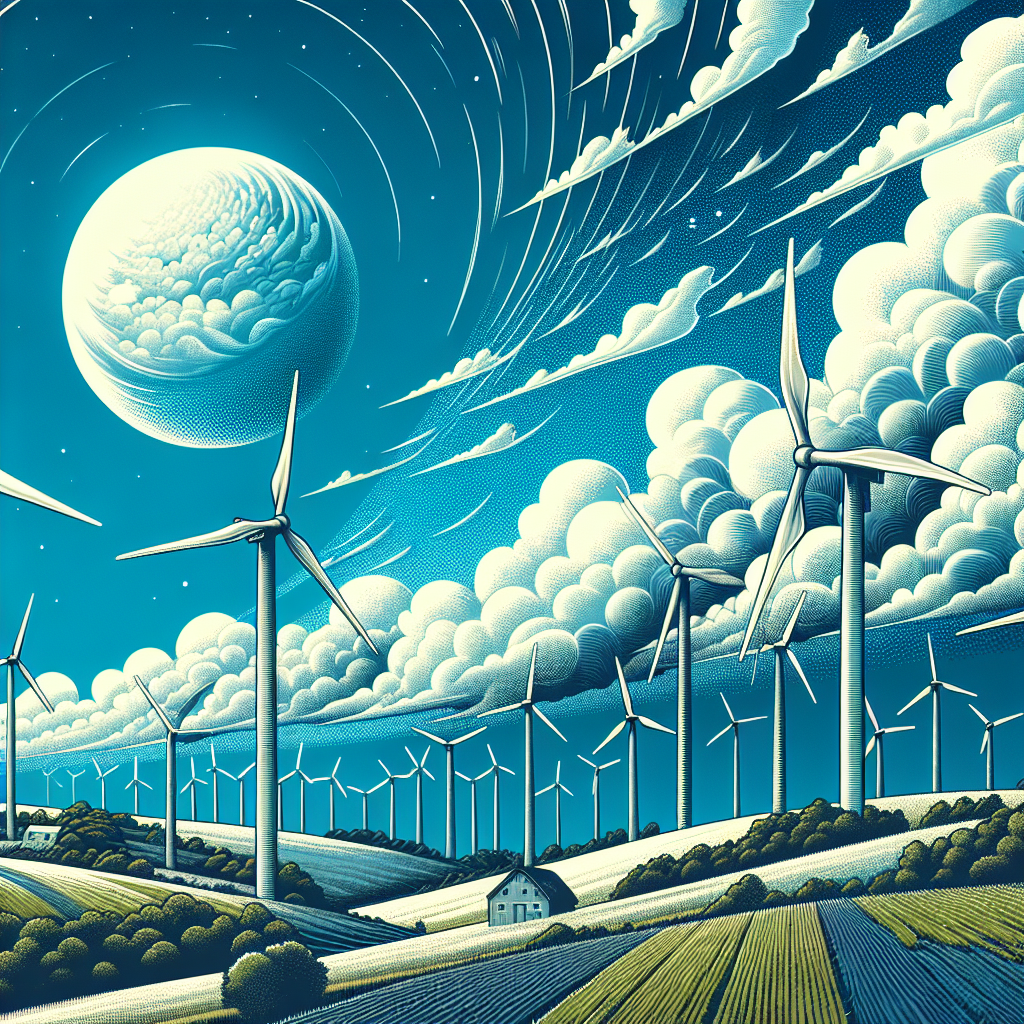Wind energy, also known as wind power, is a renewable source of energy that harnesses the power of the wind to generate electricity. With concerns about climate change and the finite nature of fossil fuels, wind energy has emerged as a promising alternative to traditional forms of energy production. By utilizing the natural force of the wind, we can generate clean and sustainable power to meet our energy needs.
One of the key advantages of wind energy is its environmental benefits. Unlike fossil fuels, wind energy produces zero greenhouse gas emissions and doesn’t contribute to air or water pollution. This makes wind energy a more sustainable and eco-friendly alternative to traditional energy sources. As the world grapples with the impacts of climate change, transitioning to wind energy can help reduce our carbon footprint and mitigate environmental damage.
In addition to its environmental benefits, wind energy also has economic advantages. Wind turbines can be installed on both large-scale wind farms and individual properties, creating new jobs and economic opportunities in the renewable energy sector. The growth of the wind energy industry has provided a boost to local economies and helped diversify energy sources, reducing reliance on imported fossil fuels.
Furthermore, wind energy is a reliable and abundant source of power. Wind is a natural, renewable resource that is available in abundance across the globe, making it a dependable source of energy for countries looking to reduce their dependence on fossil fuels. By harnessing the power of the wind, we can generate electricity to power homes, businesses, and industries, helping meet our energy needs in a sustainable way.
As technology advances, the efficiency and affordability of wind energy have improved significantly. Wind turbines have become more streamlined and efficient, generating more power with less impact on the environment. Additionally, advancements in storage technology have made it easier to store excess energy generated by wind turbines, ensuring a continuous and reliable supply of electricity.
Despite its numerous advantages, wind energy does have some drawbacks. Wind is an intermittent energy source, meaning it is not always available and its output can fluctuate depending on weather conditions. Additionally, wind turbines can have visual and noise impacts, which can be a concern for residents living near wind farms. However, with proper planning and siting, these issues can be mitigated to ensure the benefits of wind energy outweigh any potential drawbacks.
In conclusion, wind energy offers a promising solution to our energy needs by providing a clean, renewable, and reliable source of power. As we strive to reduce our dependence on fossil fuels and combat climate change, wind energy can play a crucial role in transitioning to a more sustainable energy future. By investing in wind power and supporting the growth of the wind energy industry, we can create a greener and more resilient energy system for generations to come.




